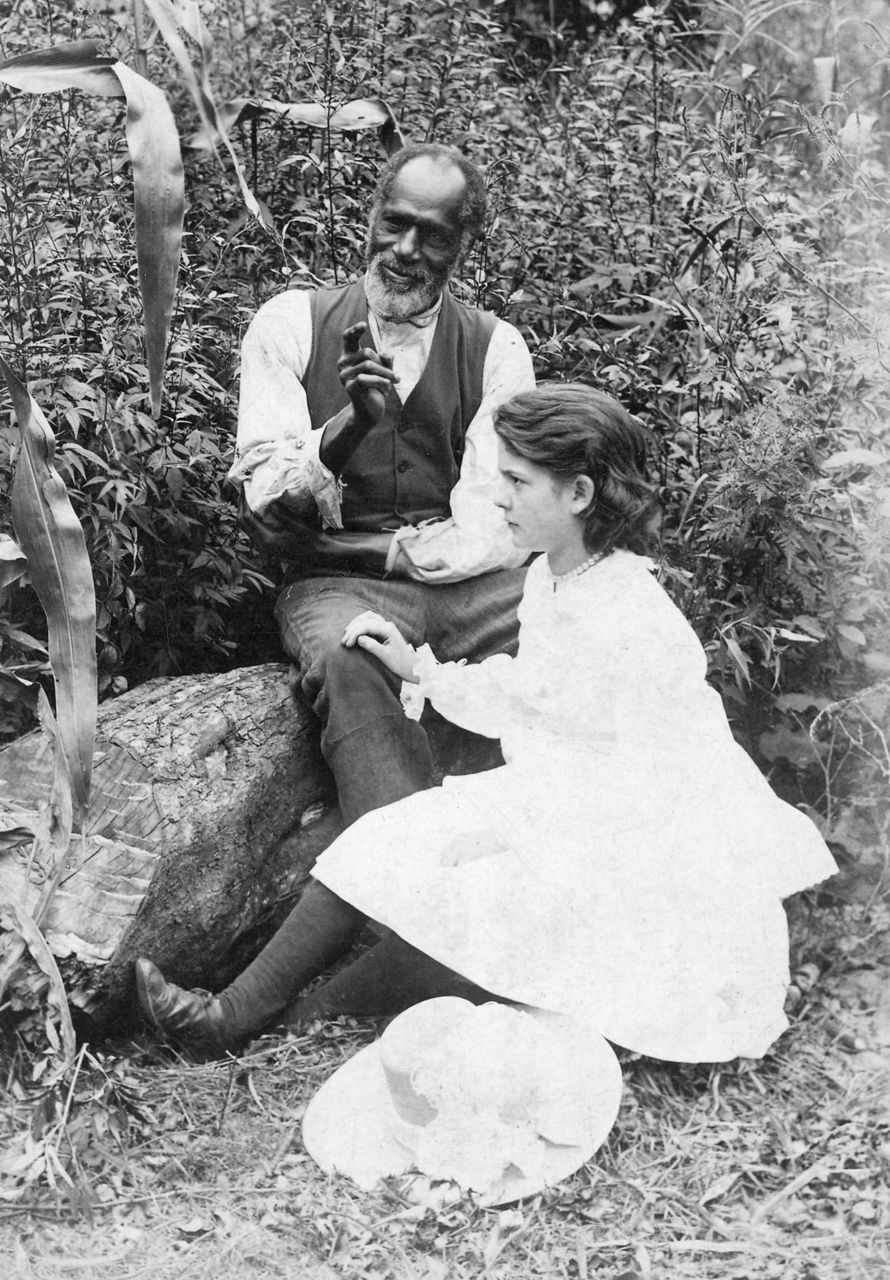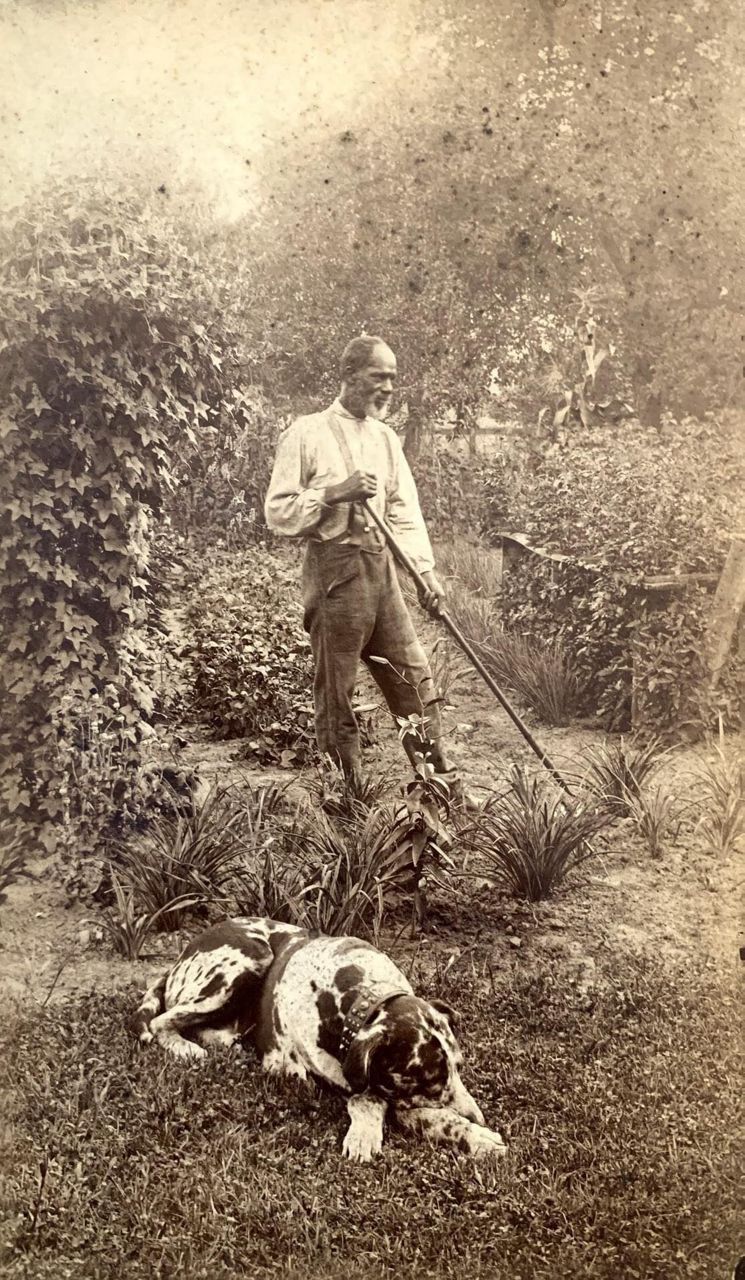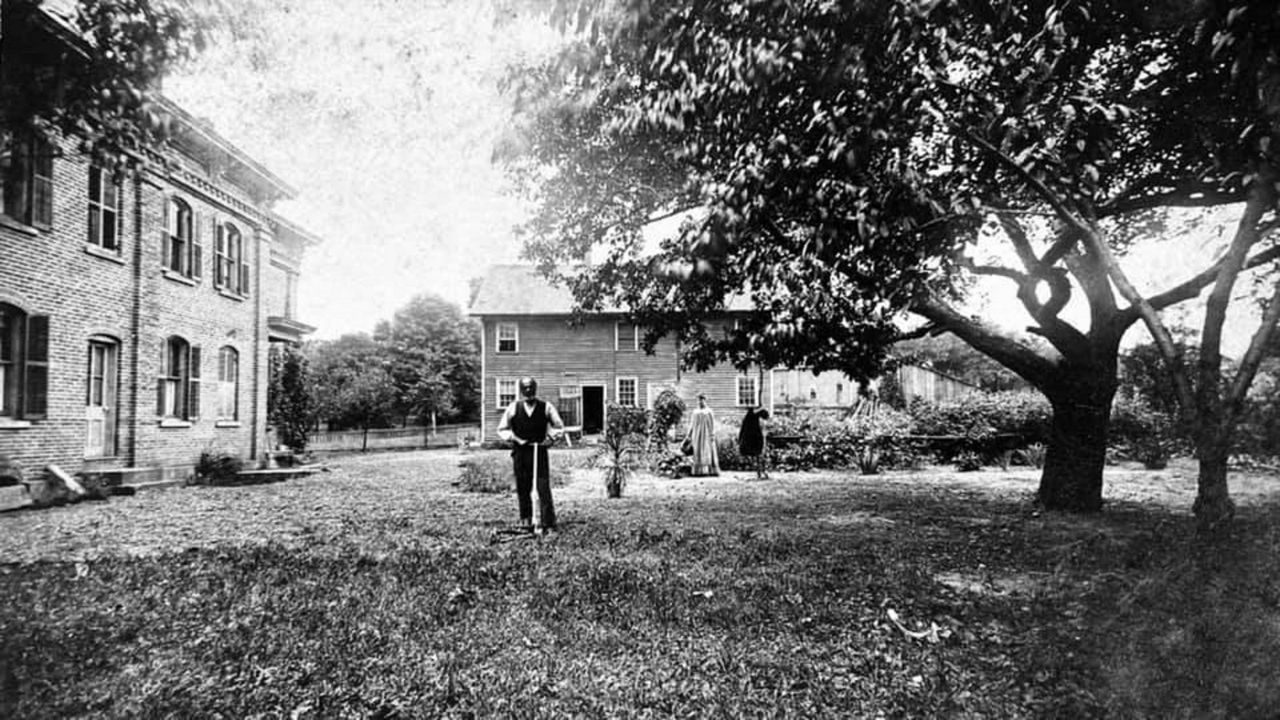CUYAHOGA FALLS, Ohio – With help from the city, the community and a local monument company, a plan is moving forward to install a headstone at the final resting place of two Cuyahoga Falls residents buried without a marker more than a century ago.
A married couple, John and Emily Hansparker were emancipated slaves who died within a year of one another in 1907 and 1906 respectively, and were buried with no stone at Oakwood Cemetery in Cuyahoga Falls.
Now the grassroots group that started the project with the Cuyahoga Falls Historical Society & Museum is planning an event open to the community to unveil the headstone.
“Speak My Name: A Commemoration & Celebration of the Lives and Legacy of the Hansparkers” is set to run from 11 a.m. to 1:30 p.m. on Saturday June 18, at First Christian Church, 230 Stow Ave. in Cuyahoga Falls.
The Hansparkers aren’t remembered in history books for something extraordinary, but they were well-regarded contributors to their Falls community, according to records the Cuyahoga Falls Historical Society unearthed.
John Hansparker was known as the “Grey Goose” for a song he often played around town on his fiddle. The couple also helped produce plays that were acted on stages no longer in existence — the Apollo Theater in downtown Cuyahoga Falls and the Exhibition Hall in Akron, records show, said Shawn Andrews, a researcher and secretary for Cuyahoga Falls Historical Society & Museum.
One play in particular, titled “Gone but not forgotten: American Negro slavery as it existed before the war,” was well-attended at both locations in 1901, the records show.
The play depicted the realities of slavery, including labor on the plantation, slaves' pastimes and amusements and their punishments and other cruelties. It recreated scenes from the auction block and illustrated ways runaway slaves were executed, Andrews said.
The idea to purchase a headstone for the pair was sparked when Jeri Wilcox Holland, then president of the historical society, was creating a display about slavery and abolition, dedicated in part to former slaves who lived in Cuyahoga Falls.
She found a shoebox in storage at the historical society, which contained bank bills signed by notorious abolitionist John Brown, who was born in Hudson, Ohio, and shepherded many slaves through northeast Ohio until he was hanged for treason.
At the same time, she came across a photo with writing on the back that indicated the subject was John Hansparker reading to a neighborhood child.
Soon after, a second photo of Hansparker surfaced on a Facebook post promoting “Wolves and Flax,” a book by Ken Clarke about Cuyahoga Valley wilderness and the Prior family, for whom Hansparker later in his life served as groundskeeper.

At first, the group undertook the project outside the work of the historical society. They launched the Hansparker Memorial GoFundMe with a $6,100 goal that was met soon after the fund was established, organizers said.
Since then, the historical society has teamed up with the group to see the headstone installed, Andrews said
“There was such a big response from the community, they kind of just started this grassroots effort, and certainly the historical society wanted to be a more formal part of it besides just the research,” she said. “So we're really excited that now we are actually formally one of the co-hosts of the event.”
The group also had help from Jim Brearley, family service counselor at Chestnut Hill Memorial Park in the Falls, Andrews said. With supply-chain issues affecting the availability and price of headstones, Andrews said Brearley’s assistance was invaluable.
“He has been amazing to work with,” she said. “He also helped with the design of this stone, you know, highlighting for us what he thought would make it stand out.”
The memorial park also donated to the fund to help pay for the stone, while the city of Cuyahoga Falls donated a foundation for the headstone, she said.
“So we really are appreciative to them, in addition to all those amazing donors,” Andrews said.
To enable the community to follow the project along, the historical society created a Facebook page dedicated to the Hansparkers, Andrews said.

The historical society will continue its research into the Hansparkers and others who came to the area during that time period, she said, and plans to post the information on Facebook and the historical society’s website.
According to records, the Hansparkers came to the area soon after they were freed, and settled in Cuyahoga Falls. The couple married on Nov. 19, 1867, and had two children, but they didn’t survive infancy, records show.
One question that hasn’t been answered is who is buried between the couple.
The researchers believe it’s possible the woman is Helen Pendleton from Hudson, who lived with the Hansparkers when they lived in Akron. Also, Emily Hansparker and Pendleton both died in 1906, Andrews said.
Records also show Pendleton attended Second Baptist Church in Akron, which was formed by freed slaves and had members active in the Civil Rights Movement. But Andrews’ search for her in that cemetery turned up no record of her burial, she said.
The act of buying the headstone is intended to do more than mark a grave, Andrews said.
“What you will find as we move forward in our posts, and certainly once we do our presentation at this event, they were well-known citizens of Cuyahoga Falls,” she said. “And, they were agents of social change within the community, which we’ll expand upon in great detail at the event. So I encourage people to go to the presentation, which will pique their interest in seeing the stone.”
Visit the Cuyahoga Falls Historical Society & Museum website or the Hansparker Facebook page for more information.



